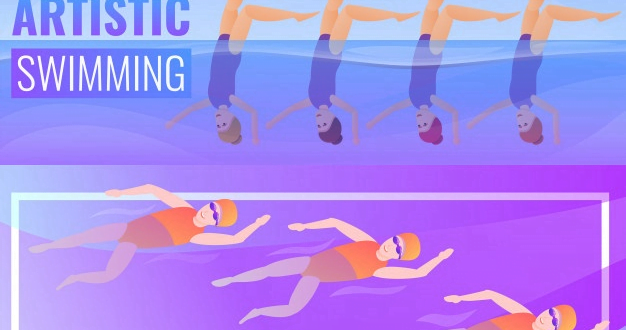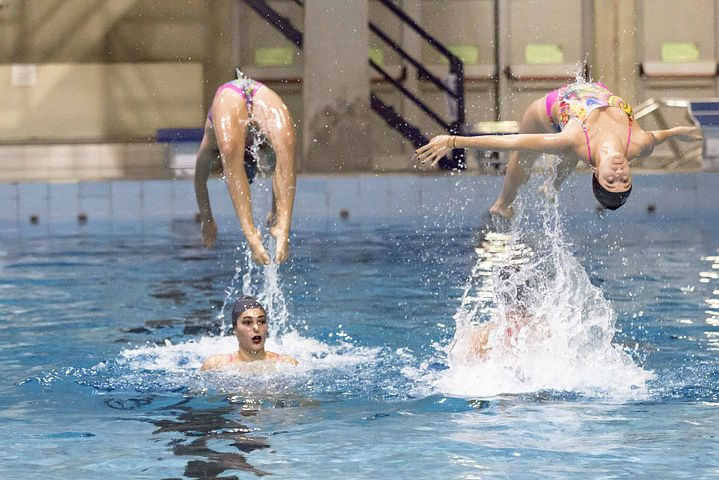
Synchronized swimming: Looks Easy
Imagine yourself dancing the tango, for four minutes, in a 3 meter deep pool, with full make-up and perfect sync with 7 others. And the most important… upside down, never touching the bottom of the pool and of course do it make it look easy!!!
Synchronized swimming is one of the most overlooked and least common Olympic sports. With their nose tweezers, sequins and heavily gelled hair, synchronized swimmers are a far cry from the raw power, aggression and testosterone of the 100m sprinters.
However, it takes a lot of effort to make it look so easy. Synchronized swimmers train much longer than other Olympic athletes, 8 to 10 hours a day, 6 days a week. They spend many hours in the pool working on their flexibility and endurance and sometimes swim with 3kg weights to gain the strength needed to stay above the surface of the water with their hands free to do graceful ballet moves. .
It sounds harsh but it's the only way to train, in a sport where everything depends on timing.
Synchronized swimming, which has its roots in the popular water ballets of the 1900s, is based on the basic elements of swimming, such as the breaststroke and freestyle, to which are added ballet hand movements, back flips and leg movements, which they create carefully choreographed routines, often combined with acrobatic lifts and patterns on the surface of the water.
Most of the work, about two-thirds of the program's 3 or 4 minutes, is done underwater with unimaginable lung-straining choreography at extremely fast paces.
It is obviously very difficult. It's similar to running an 800m race, holding your breath for 2/3 of it and making dynamic movements while synchronizing with several other people. And it has to make it look easy.

Exercising the mind
Synchronized swimmers compete in Olympic events in pairs, duets, and teams of eight. Working with others is part of the big challenge. You have to keep your mind on someone all the time, you have to count and do many things at the same time. You also have to remember all the corrections from training and apply them in the race. Therefore it is extremely tiring both physically and mentally.
Also bearing in mind that a large part of the score depends on the artistic impression, we understand that the swimmers must perform a highly original choreography and be careful about their facial expression. Synchronized Swimming: Looks Easy
Ultimately, the difference between medals and missing the podium is a matter of details.
Edited by Saltamanikas Nikolas
TEFAA graduate - swimming specialty
Additional Source: Reuters

No Comments